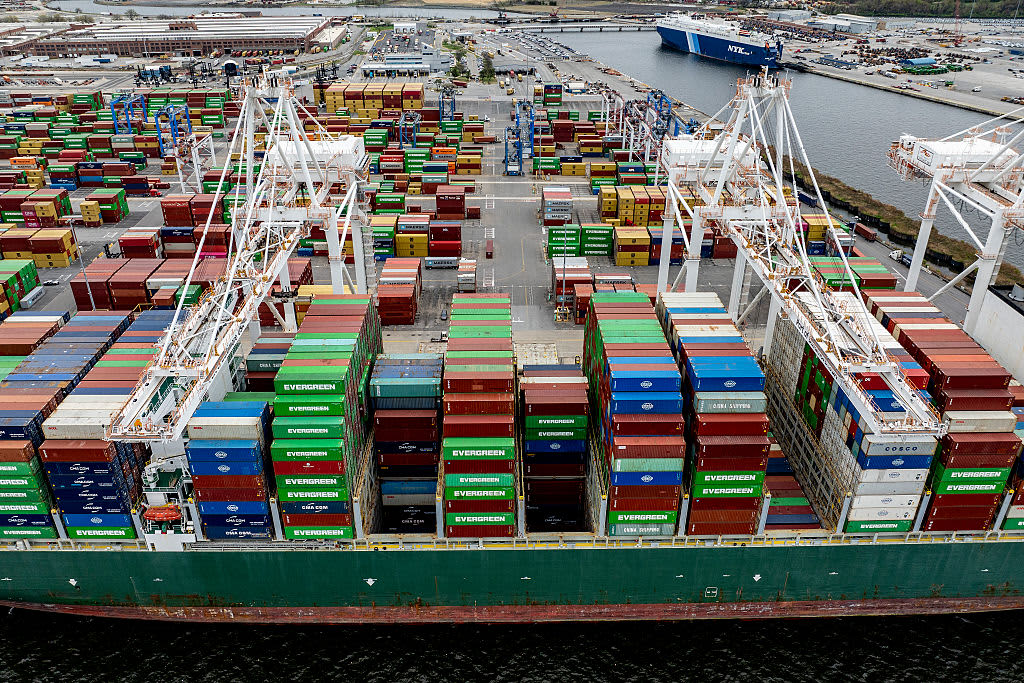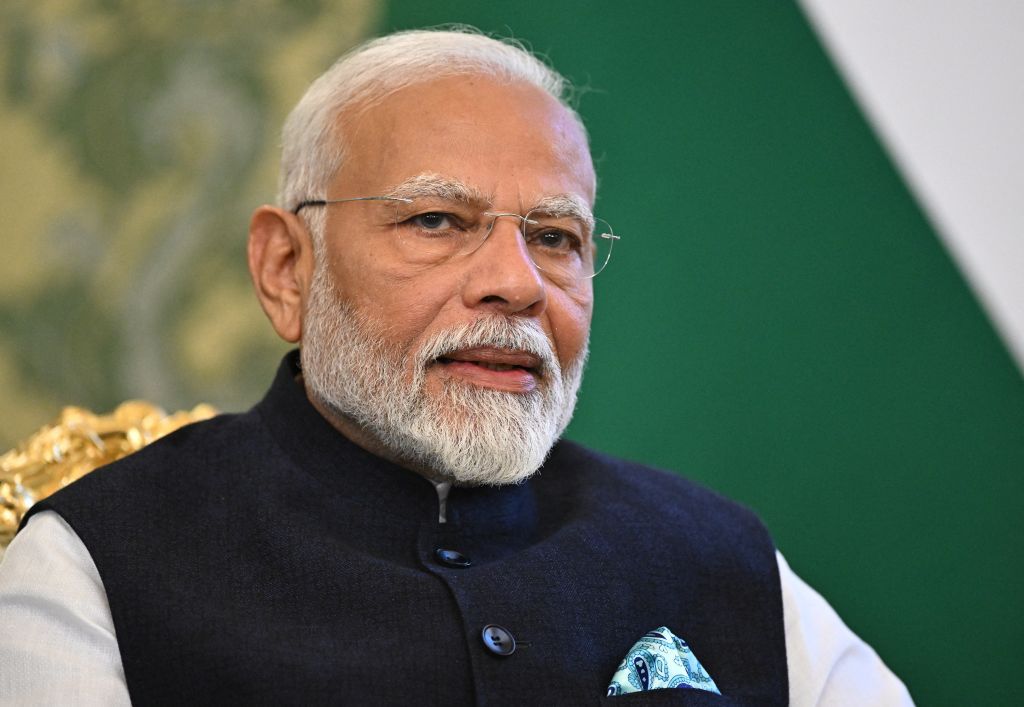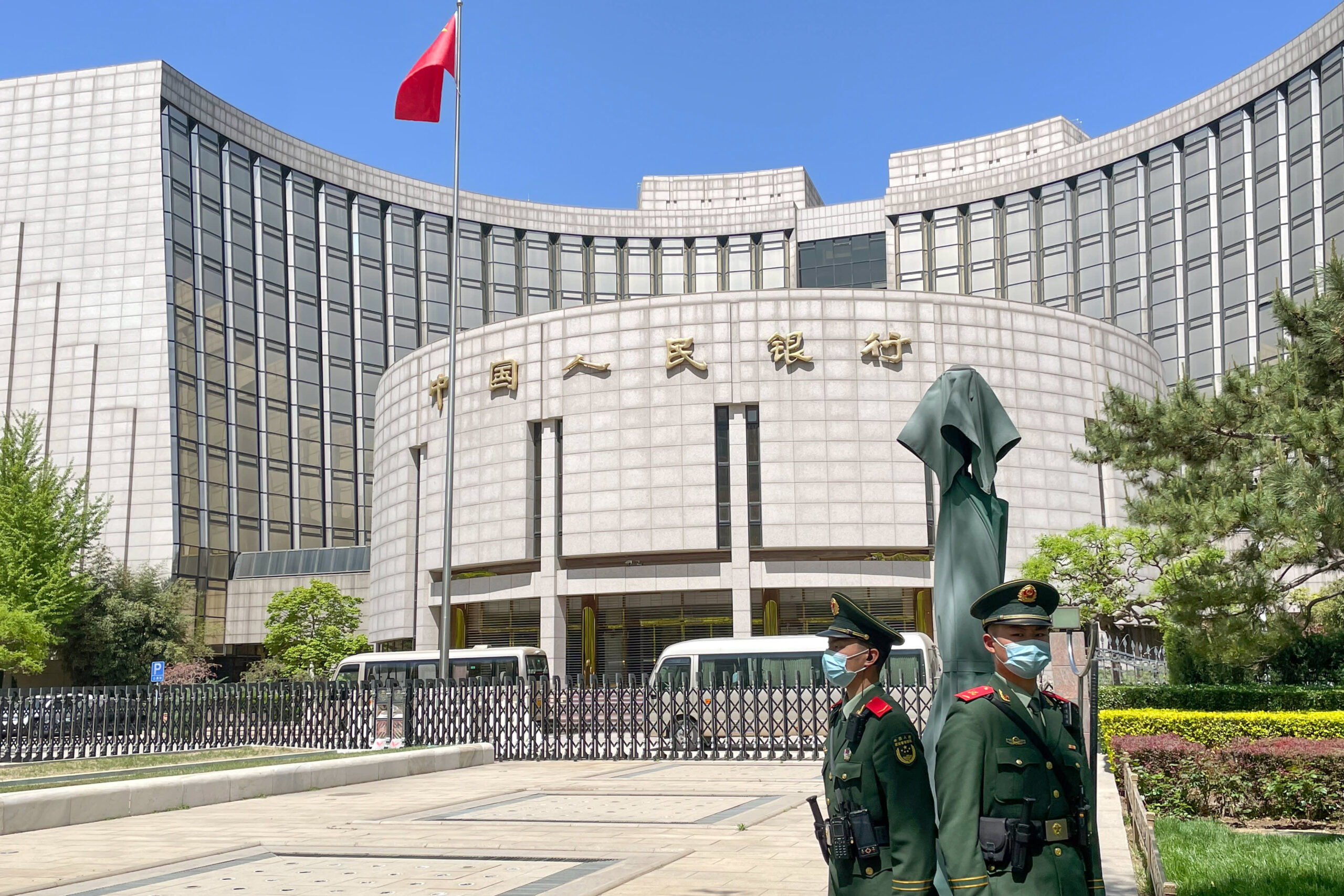
An alert from U.S. Customs and Border Protection on Friday notified users of a glitch in the system that is used to exempt freight from tariffs, including shipments from China that were already on the water at the time of this week’s whipsaw in tariffs policy, and any trade from nations now under the 90-day pause put in place by the Trump administration.
The alert explained that U.S. Customs discovered that the entry code for U.S. shippers to use to have their freight exempted is not working and “the issue is being reviewed.”
In the alert, US Customs advised filers “to transmit cargo release separately and follow up with the summary filing when resolved.”
Normally, when a U.S. importer pays for their freight, they file both the cargo release forms and their financial papers, so they can pay for their cargo. To keep the cargo moving, Customs is advising importers to file the cargo release form now, and file the financial form later, once the glitch is corrected.
For now, that means the tariffs are not being collected by the U.S. government.
The tariffs being paused on many nation’s trade, and the Chinese tariffs still in effect, are based on the sailing date, or the date the freight leaves the factory or warehouse. This is called an “on the water” clause and is in effect for all freight bound to the U.S. that has been on the water before the April 5, 9, and 10 tariff announcements.
The on the water clause has not changed, even though the China tariff percentages have increased to 145%.
CBP said it will issue an update when this issue is resolved.
For U.S. shippers and the supply chain, it’s the latest blow at a time of uncertainty and fear about tariffs policy. It also raises questions about Customs ability to handle the new policy and collect the tariffs revenue that is key to Trump administration economic goals. Interpretations of the multiple executive orders, social media posts, and customs alerts have some U.S. companies and industry groups trying to figure out when the new tariffs will be deployed.
“There has been some confusion on what President Trump has said in social media posts on when the tariff starts and what is written in the executive order,” said Jarred Varanelli, vice president of US sales at logistics firm Savino Del Bene. “Social media posts are not law on the pause and increase in tariffs. With the constant changes to the regulations, all customs brokers in our industry have a difficult task ahead of them.”
Despite President Trump saying numerous times the tariff is in effect and being collected, U.S. shippers tell CNBC they have not been charged the higher tariff rate on their containers, some of which came in as late as yesterday.
Dewardric McNeal, managing director and senior policy analyst at Longview Global with a focus on international trade and defense, tells CNBC glitches do happen, but the timing is unfortunate and will lead to more questions about Customs’ capability in keeping up with the pace of the tariffs. “Whether you agree or disagree with the policy, you have to ask, do we have the ability to do it this rapidly?” said McNeal. “This glitch may be an indication we need more time. It seems odd this is the time it happens. This adds policy chaos for the implementer.”
To keep the freight moving, Customs is telling firms to pay the duties and tariffs within ten days of the cargo’s release to Customs, by which time it expects the glitch should be fixed.
“It’s a mess, to simply state it,” said McNeal. “I don’t think it will slow down goods. But it will increase the paperwork for the U.S. companies who are suffering tariff whiplash. These companies will need to refile that at a later date. Trade will flow but at greater complexity.”
The U.S. is currently at work on negotiations with over 75 countries on tariffs deals that Trump has said will be tailored to each nation.
The uncertainty at Customs entry points come within the context of much greater business anxiety.
Rick Woldenberg, CEO of Learning Resources, a three-generation educational toy company which makes its products in China, said this year it was scheduled to expand with the construction of a new building, but now he is pausing expansion and reviewing his company’s financials to see where cuts can be made.
“I cannot run my business based on social media posts,” said Woldenberg. “This is making it difficult for me to make my business decisions. Instead of planning on growth, I’m talking about surviving. This trade policy can kill me and hundreds of small businesses like me. This will eliminate jobs. The banking industry and insurance industry that serve businesses both large and small will be impacted if companies go bankrupt.”
Woldenberg expects massive disruption. “The interconnectedness of all of this is not well understood. This policy was crafted with little interest in the details. It’s these details that will drive business and the economy down the toilet.”

